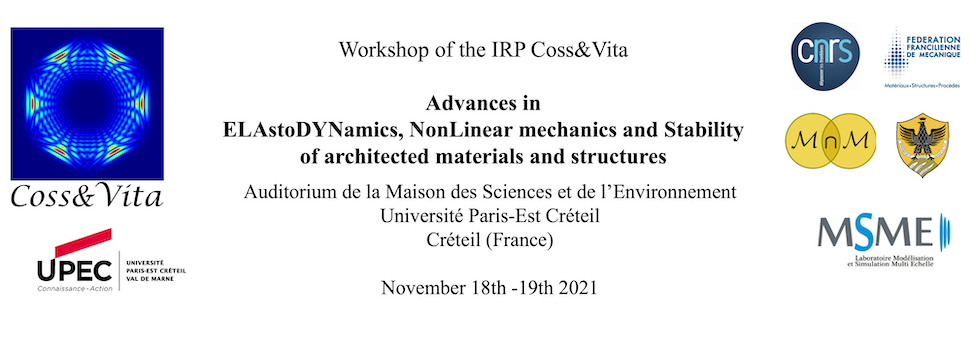Phononic crystals and acoustic metamaterials can be considered as composites with
ad-hoc designed architectures made of periodic, quasi-periodic or even randomly disposed building blocks (unit cells) exhibiting extraordinary dynamic properties, such as frequency-dependent directionality and band gap (BG) behavior. Since their introduction a few decades ago, researchers have tried to explore more and more configurations exhibiting low and broadband frequency effects without recurring to unpractical increases of the unit cell size or stiffness decreases [1].
\\
On the other hand, Nature has always represented a formidable source of inspiration to solve mankind's scientific challenges and engineering tasks. For instance, it has been shown that a hierarchical organization over multiple length scales allows enhanced quasi-static mechanical properties, while the relative orientation of adjacent chiral centers strongly affects the physical properties of a polymer, to cite a few examples [2]. In this talk, we discuss how bio-inspiration may be used to enhance the potential of phononic crystals and acoustic metamaterials [3, 4].
Specifically, a comparison of the dynamic behavior of conventional and bio-inspired phononic crystals / metamaterials is presented through the evaluation of the corresponding dispersion diagrams and / or transmission properties.
- Poster

 PDF version
PDF version
